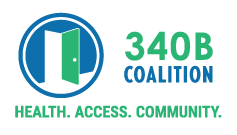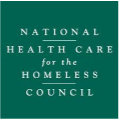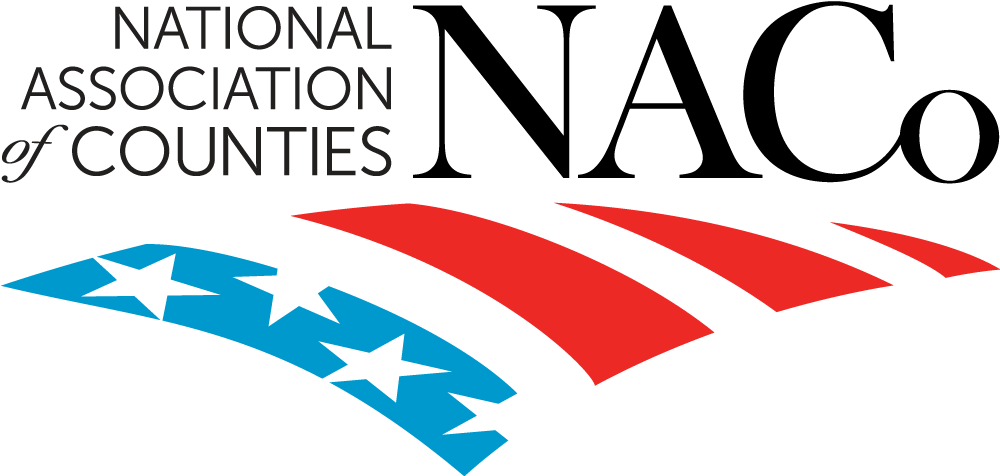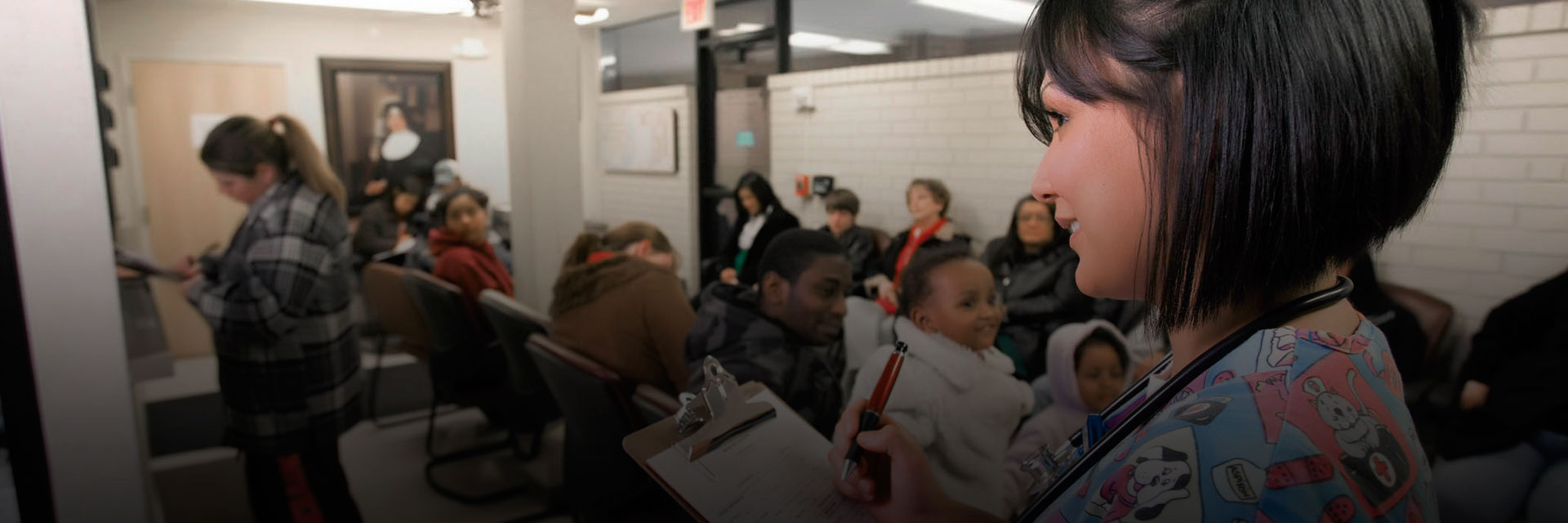
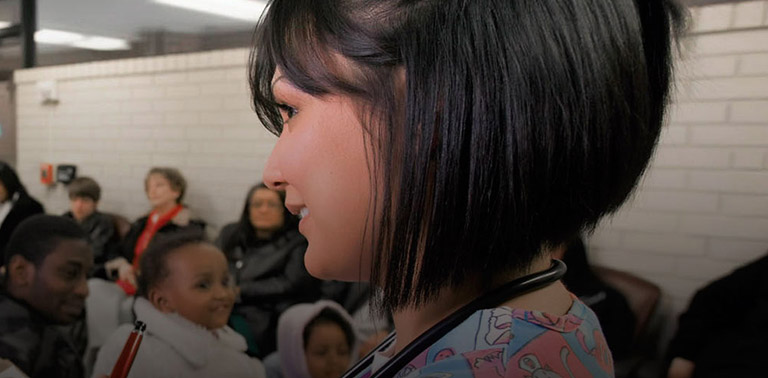
About 340B
340Basics
With broad bipartisan support, President George H.W. Bush signed Section 340B of the Public Health Service Act into law to support our nation’s safety-net providers – the health centers, hospitals, clinics and programs that never turn anyone away from their care. Thanks to discounts made possible by the 340B Drug Pricing Program, these providers and programs can keep their doors open and their patients healthy.
We Need 340B
Millions of people in the U.S. struggle to pay for health care, whether they are uninsured, underinsured or suffer from chronic conditions that drain their resources with each prescription or treatment.
For these vulnerable people, safety-net providers – supported by 340B – make all the difference.
Guaranteeing care for patients who can’t always pay is expensive. That’s why 340B savings are so essential; they help safety-net providers stretch scarce resources so they can serve the people and communities who need them.
How 340B Works
In 1992, bipartisan congressional action created the 340B Drug Pricing Program to lower drug costs for providers that care for a disproportionate share of low-income patients. Under the program, pharmaceutical manufacturers agree to extend discounts on outpatient drugs to qualifying safety-net providers and programs as a condition of participating in the large Medicaid and Medicare Part B markets. For vulnerable patients, these drugs are then provided for free or at a reduced cost. When an insured patient receives one of these discounted drugs, providers may use the proceeds to offer clinical care, update equipment or simply keep the lights on.
Providers and programs that rely on 340B
- Disproportionate share hospitals**
- Children’s hospitals
- Cancer hospitals exempt from the Medicare payment system
- Sole community hospitals
- Rural referral centers
- Critical access hospitals
*Must be publicly owned or operated, nonprofit corporations granted government powers, or private, nonprofit hospitals contracting with government to provide care to patients who don’t qualify for Medicaid or Medicare.
**Hospitals that serve a significantly disproportionate number of low-income patients.
- Federally Qualified Health Centers (FQHCs)
- FQHC lookalikes
- Urban Indian clinics
- Native Hawaiian health centers
- State-operated AIDS drug assistance programs (ADAPs)
- Ryan White Program grantees
- Hemophilia treatment centers
- Tuberculosis clinics
- Black lung clinics
- Title X public housing primary care clinics
- Homeless clinics
- Title X Family Planning clinics
- STD clinics
